Measurement and Instrumentation Objective Questions
1. The decibel is a measure of
a) Current
b) Voltage
c) Power
d) Power level
Ans : (d)
2. Power gain in decibels is equal to voltage gain in decibels only when
a) Input impedance is equal to output impedance
b) Output impedance is zero
c) Never
d) Input impedance is zero
Ans : (a)
3. An ideal amplifier has
a) Noise figure of 0 db
b) Noise figure of more than 0 db
c) Noise factor of unity
d) Noise figure of less than 1 db
Ans : (c)
4. Fidelity represents
S1: Reproduction of signal
S2: Reproduction of phase relation
a) S1 and S2 are true
b) S1 and S2 are false
c) S1 false and S2 true
d) S1 true and S2 false
Ans : (d)
5. If the current gain of the amplifier is X, its voltage gain is Y, then its power gain will be
a) X/Y
b) X*Y
c) X+Y
d) X-Y
Ans : (b)
6. In an amplifier, the coupling capacitors are employed for
a) Limiting the bandwidth
b) Matching the impedance
c) Preventing of Dc mixing with input or output
d) Controlling the output
Ans : (c)
7. The amplifier which has no drift is called as
a) Differential amplifier
b) DC amplifier
c) Single ended amplifier
d) Chopper amplifier
Ans : (d)
8. The amplifier gain varies with frequency. This happens mainly due to
a) Miller effect
b) Presence of external and internal capacitance
c) Logarithmic increase in its output
d) Inter stage transformer
Ans : (b)
9. The outstanding characteristics of a D.C. amplifier is its
a) Ability to amplify Dc and low frequency signals
b) Temperature stability
c) Utmost economy
d) Avoidance of frequency sensitive components
Ans : (a)
10. Isolation amplifier actually operates on the principle of
a) Filtering
b) Attenuation
c) Clipping
d) Amplification
Ans : (b)
11. Isolation amplifiers are also called as
a) DC amplifier
b) Output amplifier
c) Inverting amplifier
d) Iso-amps
Ans : (d)
12. The improper response time of the amplifier in the biomedical recorders
a) Affects the gain of the amplifier
b) Delays the signals
c) Changes the shape of the waveform of the signal
d) Attenuates the signals
Ans : (c)
13. To reduce common mode interference during recording of bio signals one can use______
a) Buffer amplifier
b) Differential amplifier
c) Single ended amplifier
d) Chopper amplifier
Ans : (b)
14. Resistively generated inference arises through incorrect ______
a) Grounding
b) Current density at the electrodes
c) Supply voltage
d) Input impedance
Ans : (a)
15. CMRR is more in_____
a) Single ended amplifier
b) Differential amplifier
c) Inverting operational amplifier
d) Chopper amplifier
Ans : (b)
16. For biomedical applications the mostly used amplifier is
a) Single ended amplifier
b) Differential amplifier
c) Inverting operational amplifier
d) Chopper amplifier
Ans : (b)
17. _____ amplifier is used to drive the recorder.
a) Power amplifier
b) Pre amplifier
c) Operational amplifier
d) Differential amplifier
Ans : (a)
18. When a number of components are fabricated on same IC chip it is necessary to provide isolation between two different components for input interconnection is called
a) Input amplification
b) Input differentiation
c) Common mode rejection
d) Input isolation
Ans : (d)
19. A chopper amplifier
a) Converts AC signal from low frequency to high frequency
b) Converts DC signal from low frequency to high frequency
c) Converts AC signal from low frequency to DC high frequency
d) Converts DC signal from low frequency to high frequency
Ans : (b)
20. Power amplifier is provided with
S1: Cross over distortion compensation
S2: Offset control
a) S1 is true & S2 is false
b) S2 is true & S1 is false
c) Both S1 & S2 are true
d) Both S1 & S2 are false
Ans : (c)
21. Pre amplifier isolation in ECG circuit is to
a) Increase input impedance
b) Decrease input impedance
c) Increase output impedance
d) Decrease output impedance
Ans : (a)
22. Raising input impedance of pre amplifier reduces
a) Input current
b) Output current
c) Stray current
d) Grid current
Ans : (c)
23. Common mode rejection ratio is defined as ratio of
a) Common mode gain to differential mode gain
b) Differential mode gain to common mode gain
c) Common mode gain at input to differential mode gain at input
d) Common mode gain at output to differential mode gain at output
Ans : (b)
24. An electrometer amplifier has high input impedance of
a) 1010?
b) 105?
c) 1020?
d) 1015?
Ans : (d)
25. When the input of differential amplifier V1 = 0, then the differential amplifier is said to be operated in
a) Common mode
b) Differential mode
c) Non inverting mode
d) Inverting mode
Ans : (c)
26. When either one of the inputs to the differential amplifier is equal to zero then it is said to be operated in
a) Single ended mode
b) Differential mode
c) Non inverting mode
d) Inverting mode
Ans : (a)
27. The negative feed back in an amplifier
a) Reduces voltage gain
b) Increases the voltage gain
c) Increases the gain band width product
d) Reduces the input impedances
Ans : (a)
28. Feedback in an amplifier always helps in
a) Increasing its input impedance
b) Increasing its gain
c) Controlling its output
d) Stabilizes its gain
Ans : (c)
29. Using mechanical chopper we cannot achieve high chopping rates due to their
a) Input impedance
b) Output impedance
c) Response time
d) Inertia
Ans : (d)
30. The CMRR of a typical IC OPAMP is
a) 70 dB
b) 80 dB
c) 85 dB
d) 75 dB
Ans : (b)
31. A ————– is usually a display device used to produce a paper record of analog wave form.
a) Graphic pen recorder
b) Electron microscope
c) X-Y recorder
d) Oscilloscope
Ans : (a)
32. The _________ of a recording system is the magnitude of input voltage required to produce a standard deflection in a recorded trace.
a) Accuracy
b) Linearity
c) Sensitivity
d) Resolution
Ans : (c)
33. A recorder is said to have good frequency response when the sensitivity of the system is ____ for all frequencies present in the signal.
a) Unity
b) Zero
c) Infinity
d) Constant
Ans : (d)
34. In phase response of a recorder noise level _____ with the band width of a system.
a) Increases
b) Decreases
c) Reaches unity
d) Reaches infinity
Ans : (a)
35. Function of microscope is
S1: To magnify object, under observation
S2: To resolve the object
a) S1 is true & S2 is false
b) S2 is true & S1 is false
c) Both S1 & S2 are true
d) Both S1 & S2 are false
Ans : (c)
36. In electron microscope the projection of the motion on a plane normal to magnetic induction (B) will be a circle of radius (r)
a) mVsin?+eB
b) mVsin?/eB
c) mVsin?-eB
d) mVsin?*eB
Ans : (b)
37. Match the following
1. Electron microscope – (A) Electron gun
2. Oscilloscope – (B) Condensing magnetic lens
3. Galvanometric recorder – (C) Recording head
4. Magnetic recorder – (D) Drive motor
a) 1-A, 2-B, 3-C, 4-D
b) 1-D, 2-C, 3-B, 4-A
c) 1-B, 2-A, 3-D, 4-C
d) 1-C, 2-D, 3-A, 4-B
Ans : (c)
38. In PMMC writing system, the magnitude of pen deflection is proportional to
S1: Current flowing through the coil
S2: Voltage in the coil
a) S1 is true & S2 is false
b) S2 is true & S1 is false
c) Both S1 & S2 are true
d) Both S1 & S2 are false
Ans : (a)
39. Duration of rotation of pen in the PMMC system depends upon _____
a) Phase angle
b) Frequency
c) Magnitude
d) Direction
Ans : (d)
40. The shorter wave length of the electron permits the detailed examination of tiny objects due to reduction of ___________ effects
a) Reflection
b) Diffraction
c) Refraction
d) Polarization
Ans : (b)
41. Which of the following recorder gives slow response
a) X-Y recorder
b) Oscillographic
c) Galvanometric
d) Magnetic
Ans : (c)
42. The use of storage oscilloscope
S1: Viewing rapidly changing non repetitive wave forms
S2: Recording average values
a) S1 is true & S2 is false
b) S2 is true & S1 is false
c) Both S1 & S2 are true
d) Both S1 & S2 are false
Ans : (b)
43. In X-Y recorders, the self balancing potentiometers plot emf as a function of
a) Another emf
b) Frequency
c) Time
d) Pressure
Ans : (a)
44. In strip chart recorders, the self balancing potentiometers plot emf as a function of
a) Another emf
b) Frequency
c) Time
d) Pressure
Ans : (c)
45. The slewing speed of X-Y recorder is
a) 1.6 m/s
b) 1.3 m/s
c) 1.4 m/s
d) 1.5 m/s
Ans : (d)
46. The resolution limit of electron microscope is
a) 2 A.V
b) 1 A.V
c) 1.5 A.V
d) 1.2 A.V
Ans : (b)
47. _______ is also known as halftone storage or mersh storage.
a) Variable persistence storage
b) Bistable storage
c) Flat storage
d) CRT
Ans : (a)
48. Storage oscilloscope operates on the principle of
a) Primary emission
b) Deflection
c) Secondary emission
d) Diffusion
Ans : (c)
49. The writing speed of fast storage oscilloscope is
a) 2000 cm/?s
b) 1000 cm/?s
c) 1500 cm/?s
d) 2500 cm/?s
Ans : (a)
50. Stress and strain curves are plotted using
a) Magnetic tape recording
b) X-Y recording
c) Galvanometric
d) PMMC writing systems
Ans : (b)



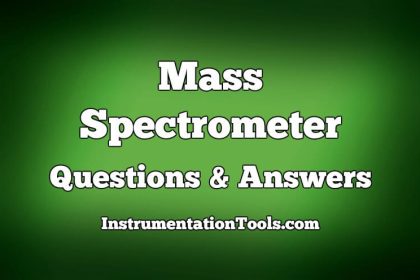
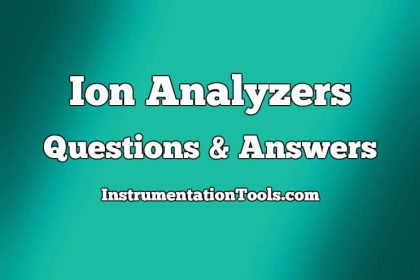
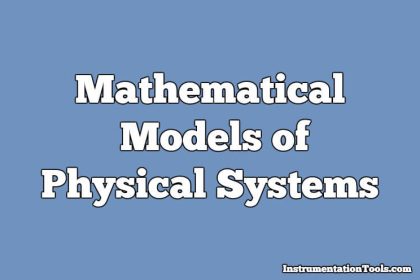
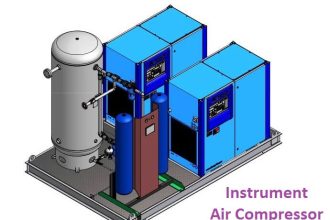
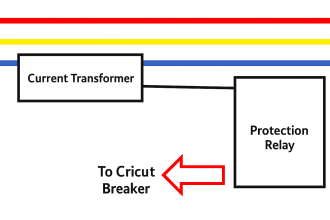

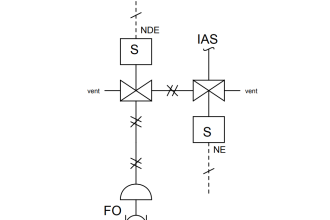
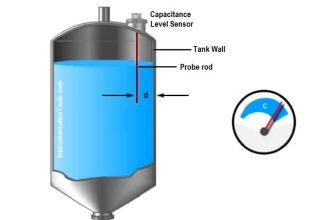
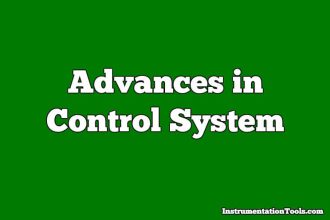
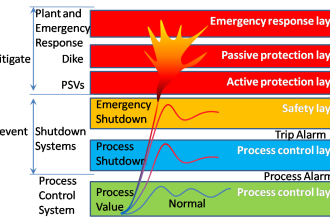


Very good,boy!
its so nice